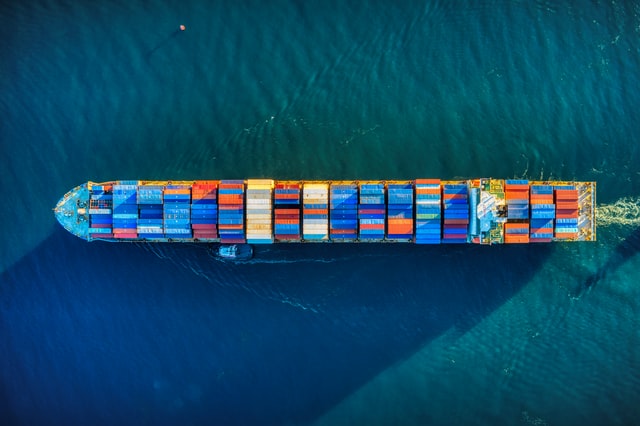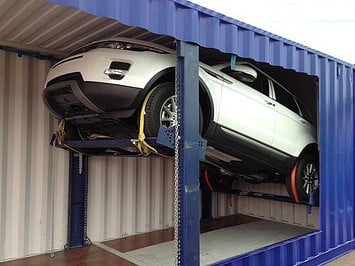
In the world of long-haul international car transport, safety is everything. For shippers, an overarching concern is that the vehicles might be subject to theft, loss, or damage, or that harm may come to the people handling them. This applies to all forms of vehicle transport, and to containerised shipping in particular because of the sheer scale of these operations and the distances involved. Thankfully, shipping cars in containers is much safer than is widely believed.
Shipping Container Vs. RORO Safety
There's an entire insurance sector banking on the safety of container transports. And while the occasional container incident might reach our ears, it's usually to do with a fire on a container ship or theft during road transit, rather than vehicle loss, theft, or damage within the container. And even so, these incidents tend to be less serious than the kinds of events that occur with RORO transport.
For one thing, containerised shipments tend to involve far less human involvement than individual car shipments across continents. LOLO shipments only require on-site staff for loading and unloading, often using forklift trucks. They also require fewer stopovers for loading, unloading, and refuelling, which are the activities that carry the most risk in car transport. These activities also happen to be the backbone of the RORO model, where drivers are needed to roll cars onto a ship one by one and roll them off again at various points along the way, such as new ports or new modes of transport (i.e., road and rail).
Trans-Rak Solutions For Container Shipped Cars
Thanks to newly developed container technologies like our Trans-Rak racking systems, the LOLO model can be far safer for both the vehicles and the loaders.
1) R-RAK makes loading and securing the vehicles easy. It's designed with wheel trays set up between four posts that can be raised and tilted to position the cars so that they take up as little space as possible. Then the cars can be steadied and secured into place with wheel straps and chocks. Positioning the cars at an angle, on top of each other, and strapping them in with room to spare reduces the risk of movement in transit. Loading up to 4 cars takes less than an hour and two people can carry it out with basic training. Since the cars are only loaded once for the entire journey, the risk of loss, theft, or damage is marginal. Once the journey is completed, the unloader can single-handedly collapse and fold the racking system. So, unlike with standard timber frames, there's no need to recycle or dispose of any racks.
2) EL-RAK is a similar racking system, but it can be loaded externally. In other words, the loading crew can place hybrid and electric vehicles on the racks outside the container, and then move them inside the container using a forklift truck. This system has all the safety advantages of the R-RAK, as well as the fact that fuel and batteries are not needed on the journey. So, they can be removed and shipped separately if need be. This essentially does away with the risk of fire from within the container.
Find Out More
As shown above, at Trans-Rak we’ve developed various innovative solutions to address the safety risks once associated with containerised car shipments. To find out more about the ways your company can leverage the latest technologies to boost efficiency and maximise safety, please call us on 01926 408282.
Image source: Unsplash















